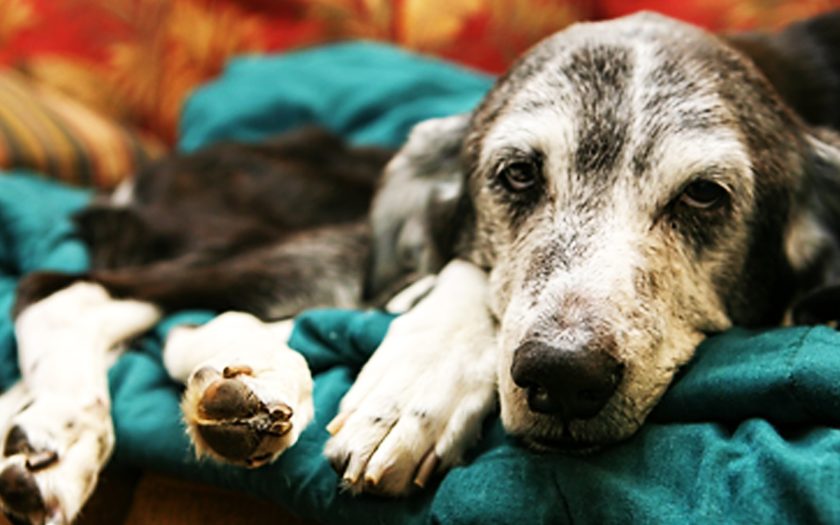It is important to consider that joint problems are not restricted to specific breeds or age groups. Any dog can encounter these problems, so it’s important to pay attention to the animal’s health and take measures to support and prevent them, especially for breeds prone to these risks.
Rule one: completely avoid allowing your dog to lie on cold surfaces (such as balconies or tiled floors) and on drafts.
If your dog is not accustomed to a specific spot with bedding or a mat, ensure that rugs and carpets are available throughout your home. During walks in rainy, damp weather, it is advisable to dress your dog in a suit that will protect against moisture reaching the undercoat. Treating arthritis requires your dog to have a comfortable environment where it can recover its strength. The resting area should meet the following criteria:
- absence of drafts;
- distance from doors (to prevent accidental injuries);
- distance from the kitchen (strong odors can disturb the dog’s rest);
- distance from radiators (overheating is harmful to dogs);
- distance from air conditioners, electrical appliances and audio systems.
Rule two: adhere to a therapeutic diet.
Proper nutrition plays a crucial role in supporting dogs’ health. Dog’s food designed for treating joint conditions can help strengthen joint tissues and alleviate pain. These food contain specific ingredients that promote joint health. Therapeutic diets for dogs have particular features and compositions that support joint and ligament strength. It is recommended to consult with a veterinarian before starting a specialized diet. The veterinarian can advise which brand to choose and the duration for which the dog should be fed this diet (possibly indefinitely).
Rule three: strictly following the veterinarian’s recommendations.
If you notice signs of arthritis in your dog (unusual gait, limping, changes in behavior, weight gain, reluctance engaging in active games, drowsiness), seek veterinary care and start treatment as soon as possible. The treatment method should be determined by the veterinarian based on examination results and the cause of the inflammatory process. Arthritis treatment typically involves a comprehensive approach: injections, massage and medications.
Usually, anti-inflammatory drugs (for example, Carproheal, Melonex Oral Suspension), chondroprotectors and symptomatic medicines are prescribed. In some cases, injections into the affected joint or even joint cavity sanitation might be necessary. Water physiotherapy is often recommended, as it allows joint exercise without weight-bearing, avoiding damage. Regular walks can influence arthritis improvement. Massage also helps; affected areas should be gently rubbed in circular motions. However, this method is contraindicated for purulent forms of the disease, as are warming compresses.

